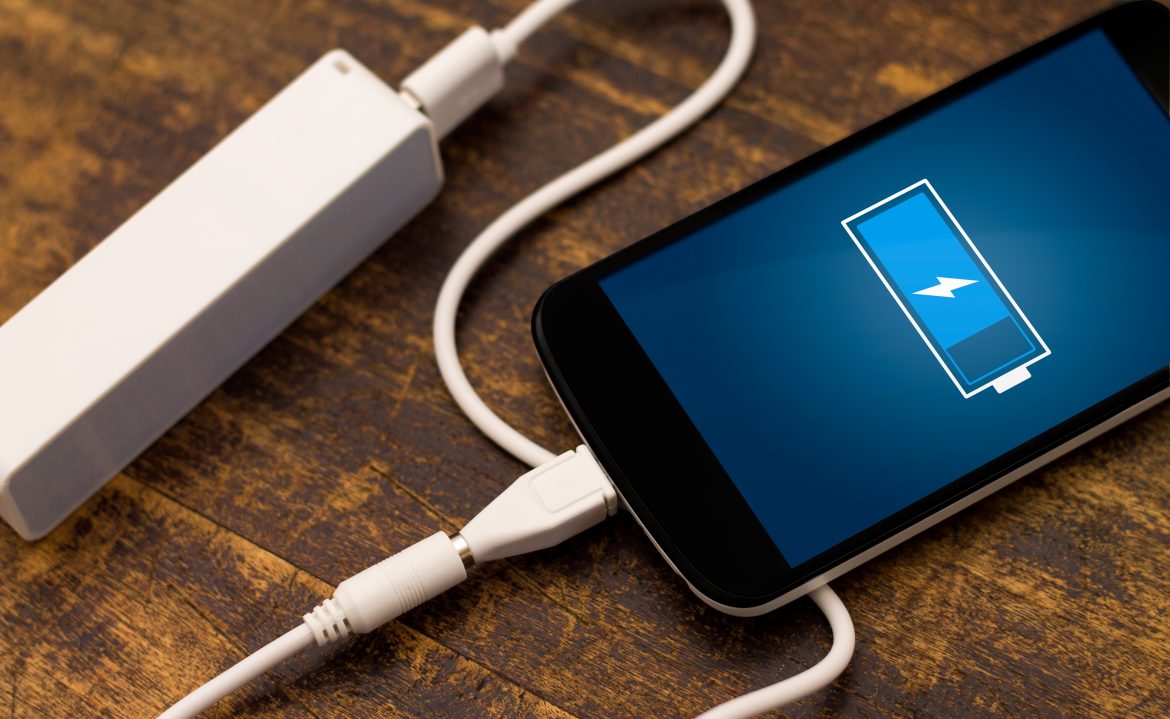How To Keep Your Cell Phone Battery Charged

Cell phones have evolved from mere texting and calling devices to essential entertainment devices. Smartphones today are capable of playing games, music, HD videos, browse the internet, and contain many other useful apps.
All these fantastic features, however, come at a cost, battery-life. Most smartphones barely last a day, hence need to be recharged every day. Charging the battery correctly, disabling power-hungry apps, etc. can give your phone more battery life.
So, if you don’t have a charger handy, a spare battery, battery pack or aren’t near cell phone charging lockers.
Here’s how to keep your cell phone battery charged as long as possible
Charge Regularly
Many smartphones today are powered by a lithium-ion battery. These batteries only last long when appropriately charged, and with the right charger. Unlike the much older nickel batteries, lithium ion batteries do much better when kept at 50% charge or above. Allowing the battery to drain beyond 20% only reduces its lifespan. Allowing the battery to drain past 50% also means you have to charge it frequently, which again damages the cells inside.
You, however, shouldn’t allow the battery charge to 100%. Unplug it once it charges up to 90%. Leaving the cells to reach 100% could lead to overcharge. Overcharging the battery also damages the cells and even impact its life. Never leave your phone hooked to the charger overnight.
Vibration, Brightness, and Power-Saver Mode
Adjusting the device’s setting can also help the battery last longer as well. Most phones use the auto-brightness feature for optimal performance and usability. This feature/setting is meant to help the phone save up as much energy as possible based on the surroundings and light levels. Be sure to activate this feature too. Using the phone in full-brightness mode will only ‘eat’ up huge chunks of energy from the battery.
While we all love the vibration mode, vibration eats a lot more power than letting the phone ring. Unless you really need the feature, activate outdoor mode on your device. If your phone allows it, only enable vibration for calls, and leave other notifications for sound or LED notifications.
Some of the best phones have a power-saver feature that enables the device to turn off data connection once the screen is off. This also slows down the processor usage to save more energy. Some devices may even turn off vibration, Bluetooth, syncing, and GPS once the screen is locked. Enabling this feature on your phone can help you get more minutes, even hours from your battery.
Running Apps, Location Services, and Notifications
Your phone’s GPS consumes more power than a data connection. This is because your device is continuously scanning your location to display the best results. Some apps that use location services do cause the device to use up more power in the process as well. You could save lots of energy by just turning off the GPS feature, and only use it when the need arises.
Some apps are notorious for running in the background even after you are done with them. These apps keep running unless forced to stop. Newer phones, however, have a smart feature that actively monitors running apps, and even shows you how much memory they are taking. You can also use this feature to shut down unnecessary services and background apps.
Regular notifications are known to ‘wake’ the device from sleep. Although many of us love to get updates as they happen, turning on automatic sync for most social networking apps, accounts, and email could drain your battery. If possible disable notifications from social sites or other unnecessary apps, and only leave call and message notifications. This should save you some energy in the long run.
Bluetooth and Wi-Fi
Wi-Fi is a handy feature that lets you use free internet in restaurants, public places, hotels, and airports. The ‘free’ internet access, however, comes at a cost. Wi-Fi is one of the few features in smartphones known to drain battery life, fast. Nevertheless, turning on your Wi-Fi only when you need to use it can see you save battery life in the process. You could also invest in apps that disable this feature once the phone is idle.
Bluetooth too is another power-hungry feature in phones today. Bluetooth allows you to listen to music, and even make calls wirelessly via a Bluetooth headset. Bluetooth, however, requires extra power to pair up with devices, and even more when in use. Remember to turn Bluetooth off when not using it, or entirely if you don’t use the feature.

Live Comment
Your email address will not be published.